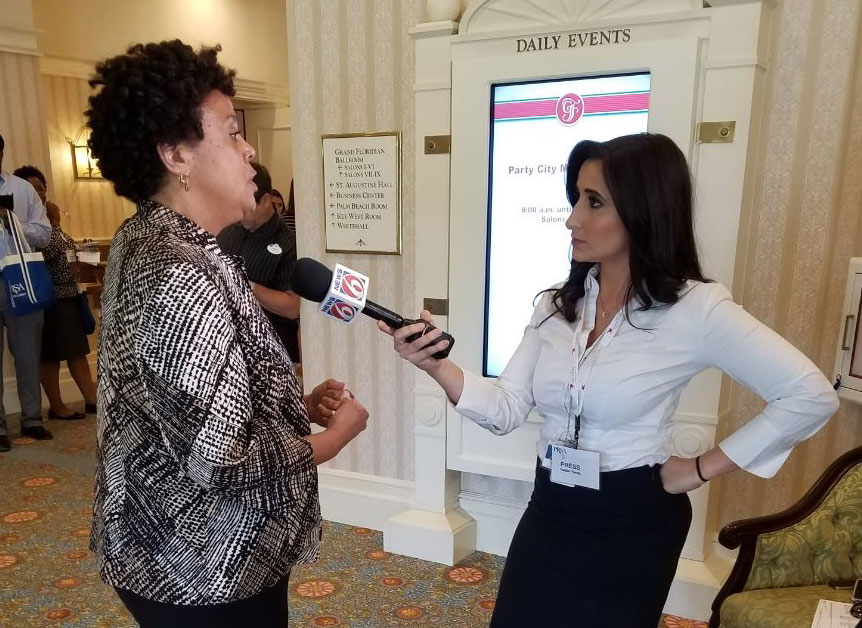Orlando Health Did Very Well
Next Monday is June 12th, the one year anniversary of the horrific tragedy at the Pulse Night Club in Orlando, Florida, where 49 innocent individuals lost their lives and many, many more were injured.
SPRYTE Communications was fortunate to recently be in Orlando at the Public Relations Society of America’s Health Academy annual conference and to attend the pre-conference session on America’s worst terrorist attack, delivered by Orlando Health’s Director of Public Affairs/Media Relations Kena Lewis, APR, and Heather Fagan, Deputy Chief of Staff for the City of Orlando.
Orlando Regional Medical Center (ORMC), one of Orlando Health’s eight hospitals, is just three blocks and less than half a mile from Pulse. It is Central Florida’s only Level One Trauma Center.
The first shots were fired at 2 am, the first patient arrived at ORMC at 2:14 am and the first media update was at 5 am.
But it wasn’t the first time ORMC or the city had planned for a major emergency with massive casualties.
According to Fagan, the City of Orlando routinely conducts “table top” regional training exercises. They knew exactly who would take the lead and how to collaborate within minutes of the first shots. “It was easy to jump in,” as a result she said.
Still there were lessons Fagan and her team at the city learned including:
- For consistency and to avoid duplication, assign a single individual to news monitoring.
- Record interviews for fact checking and never forget the cameras are always on. Document everything.
- Establish relationships with important collaborators outside your organization before you need them.
- Know the IT players in your organization before you need to work with them unexpectedly in an emergency.
- Put resources in place for multi-cultural and multi-language responses.
- Ask yourself, do I have to make this decision today? If not, move on to more urgent matters.
According to Lewis, emergency training is part of ORMC’s culture. Multi-layered teams simulate trauma alerts at least three times a month. “Preparedness and drills save lives,” she said. But you can never plan for the shock and the emotions that result from massive numbers of casualties.
That’s why Lewis’ team has a “Compassion Statement Puzzle.” This is a guide that makes it easier to draft an appropriate statement for any given incident in the heat of an emergency. Statements are already started. The practitioner chooses from already drafted phrases in columns such as Introductory Statement, Sentiment and Action Statement. There are also adjectives and reminders about audiences. What a great tool.
Lewis was highly complimentary of her team and detailed what worked particularly well during the crisis:
- A single email address, mediarelations@orlandohealth.com for inquiries
- Having an onsite broadcast studio
- Excellent working relationships with the medical center security force
- Using ORMC doctors as spokespeople
- Engaging freelance videographers and photographers in a flash
Both the City of Orlando and ORMC decided to put the needs and interests of the local media first, acknowledging that local media were relaying critical information to the local community and they were more important than the hundreds of well-resourced national and international media converging on the scene.
Lewis and Fagan’s presentation was followed by a hands-on crisis communications training exercise in a JIC (Joint Information Center) led by one of Broward County, Florida’s Public Information Officers. It was excellent in spite of the 97 degree heat and 100 percent humidity.
On Monday, Central Florida will observe Orlando United Day. The SPRYTE Team will be remembering the 49 people who lost their lives on June 12, 2016, and the love and compassion displayed by the diverse, inclusive citizens of Orlando. Deep down we know this could happen anywhere and that no amount of training and anticipation is enough. #orlandounited
